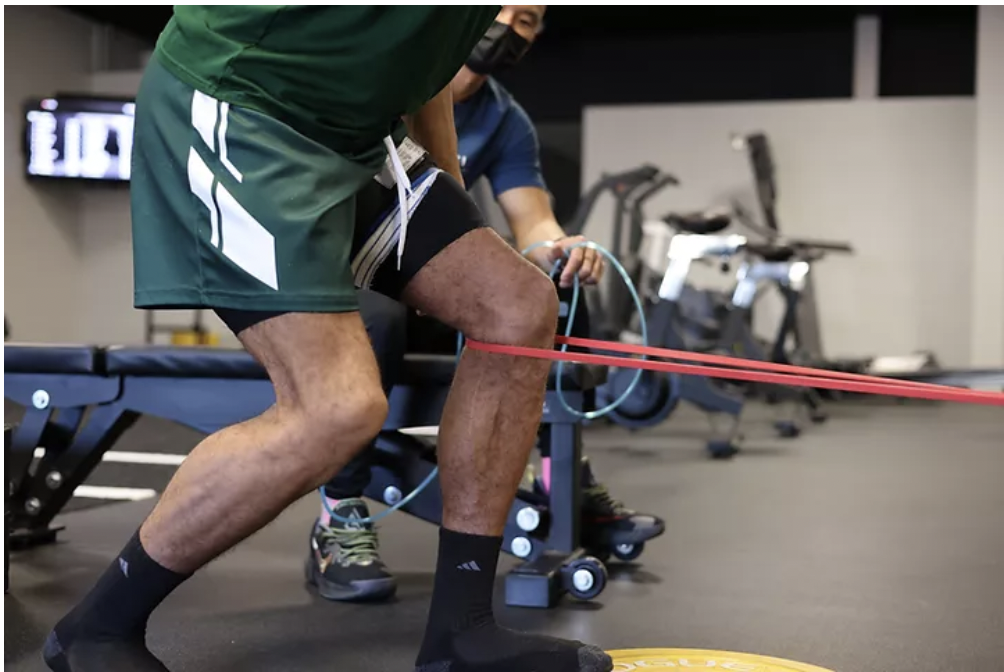Staying active is fundamental to maintaining a healthy lifestyle. Athletes and individuals who engage in regular physical activity often face the risk of injuries. Physical therapy plays a key role in reducing this risk by addressing movement patterns, strengthening vulnerable areas, and others. Physical therapy is a proactive and strategic tool for injury prevention when efficiently integrated into a fitness routine.
Identifying Movement Imbalances
Movement imbalances, often subtle and hard to detect, frequently cause injuries. Physical therapists are trained to assess movement patterns in detail, identifying areas where an individual’s technique or posture may lead to strain or injury over time. For instance, poor alignment during repetitive exercises, such as running or weightlifting, can place excessive stress on certain joints or muscles. Through comprehensive evaluations, physical therapists pinpoint inefficiencies and provide corrective exercises to address them. Realigning movement patterns increases performance and reduces unnecessary pressure on the body’s structures, effectively lowering the chance of injuries.
Strengthening Vulnerable Areas
Strength imbalances frequently contribute to injuries such as sprains or ligament tears. Physical therapy is helpful for targeting these weak points with focused exercises that aim to stabilize and strengthen affected areas. For athletes, strengthening muscles around pivotal joints like the knees, hips, and shoulders is paramount. Stability and support in these regions allow for smoother transitions and controlled movement, minimizing the impact of rigorous activities. A physical therapist crafts exercises specific to an individual’s needs, making sure strength is built evenly across the body.
Enhancing Flexibility and Range of Motion
Flexibility and range of motion are key factors in preventing strain and overuse injuries. Limited mobility can increase muscle tension and reduce joint functionality. This results in stiffness or compensatory movements that put individuals at risk. Physical therapy tailors stretching routines to improve flexibility and joint range. For instance, dynamic stretching, guided by a physical therapist, can improve mobility in athletes performing high-intensity activities. Increasing fluid movement and adaptability make the body better prepared to handle sudden shifts, making sure it operates efficiently under varying conditions.
Personalized Treatment Plans for Individual Needs
No two individuals face the exact same risk factors, so treatment plans are tailored to address unique physical profiles and activity levels. Factors such as previous injuries, biomechanical tendencies, and specific fitness goals are all taken into account. By curating individualized strategies, physical therapists provide treatments such as targeted exercises, manual therapy, and mobility drills, all designed to meet a person’s specific needs. This approach caters to current concerns and proactively identifies potential challenges.
Early Intervention to Prevent Chronic Conditions
Early detection is pivotal in preventing the development of chronic issues. Minor discomfort ignored over time can escalate into persistent pain or long-term injuries. Physical therapists emphasize the significance of responding to discomfort early, offering interventions that address the root of the issue before it becomes complex. For instance, athletes experiencing slight periodic knee pain may undergo evaluations where physical therapists determine the cause. By addressing it early with proper treatment, patients avoid complications that could otherwise lead to conditions such as tendonitis or degenerative joint issues.
Discover Available Physical Therapy Options
Integrating physical therapy into your routine can be a key strategy for staying injury-free and maximizing performance. With a clear focus on movement efficiency, flexibility, and personalized care, physical therapy provides tailored solutions to improve overall fitness and reduce risks. To explore how physical therapy can support your goals, consult with a certified physical therapist.
- Preparing for Thyroid Surgery and Understanding the Recovery Process
- Understanding the Connection Between Depression and Chronic Illness
- The Role of Preventive Care in Federal Dental Coverage
- Natural Supplements for Hemorrhoid Relief
- How an Optometrist Can Help with Presbyopia and Age-Related Vision Changes


Leave a Reply